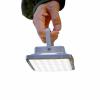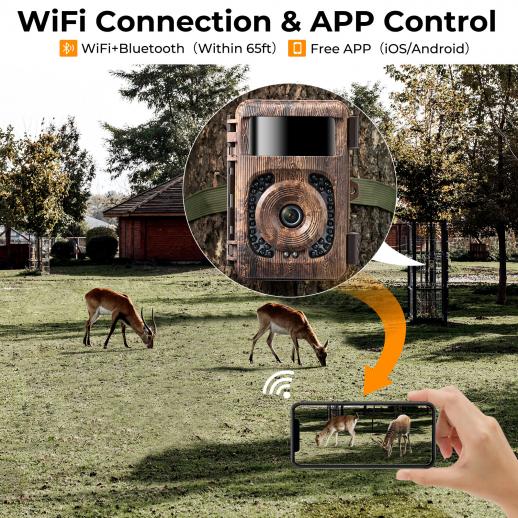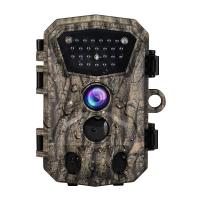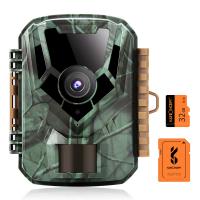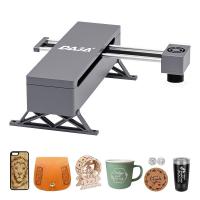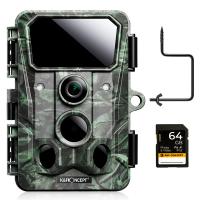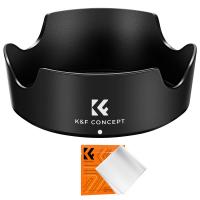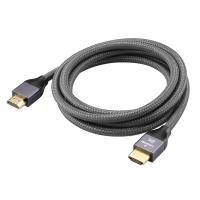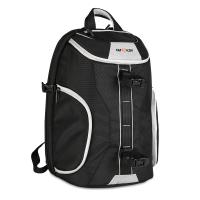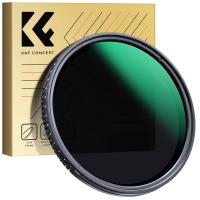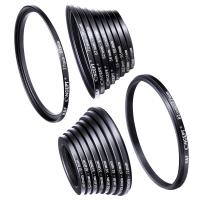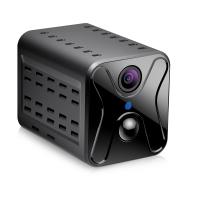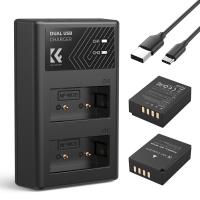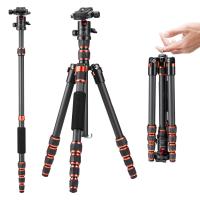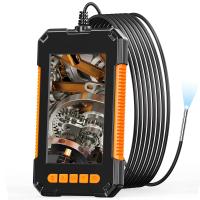Long Distance Trail Camera
- 00 days
- :
- 03 hours
- :
- 30 min
- :
- 28 sec
- * KF35.133 =KF35.127S1=KF35.127V1+KF28.0011*2+KF42.0013 Time and moon watermark for accurate tracking:The long distance trail camera comes with a time and moon watermark function that helps in accurate tracking of the target. This feature ensures that you can easily identify the time and date of the footage and also the moon phase, which is crucial for hunting and wildlife observation.
- * External alkaline battery for extended use:The camera is powered by 8PCS LR6(AA) alkaline batteries, which provide a 6V power supply. This feature ensures that the camera can be used for an extended period without the need for frequent battery replacements.
- * Easy attachment with strap and tree nail bracket:The camera comes with a strap and tree nail bracket, which makes it easy to attach to trees or other surfaces. This feature ensures that the camera can be easily installed in any location, making it ideal for outdoor use.
- * Wide-angle lens for better coverage:The camera comes with a wide-angle lens with a FOV of 90°, which provides better coverage of the target area. This feature ensures that you can capture more details in the footage, making it easier to identify the target.
- * Fully automatic infrared filter for clear images:The camera comes with a fully automatic infrared filter unit, which ensures that the images captured are clear and of high quality. This feature ensures that you can easily identify the target, even in low light conditions.
A long distance trail camera is a type of camera that is designed to capture images or videos of wildlife or other outdoor activities from a distance. These cameras are typically used by hunters, wildlife researchers, and outdoor enthusiasts who want to monitor the behavior of animals in their natural habitat without disturbing them. Long distance trail cameras are equipped with advanced features such as motion sensors, infrared technology, and high-resolution lenses that allow them to capture clear images and videos even in low light conditions. They are also designed to withstand harsh weather conditions and can be left outdoors for extended periods of time. Some long distance trail cameras are equipped with wireless connectivity, allowing users to remotely access and control the camera from their smartphone or computer. Overall, long distance trail cameras are a valuable tool for anyone who wants to observe and study wildlife in their natural environment.
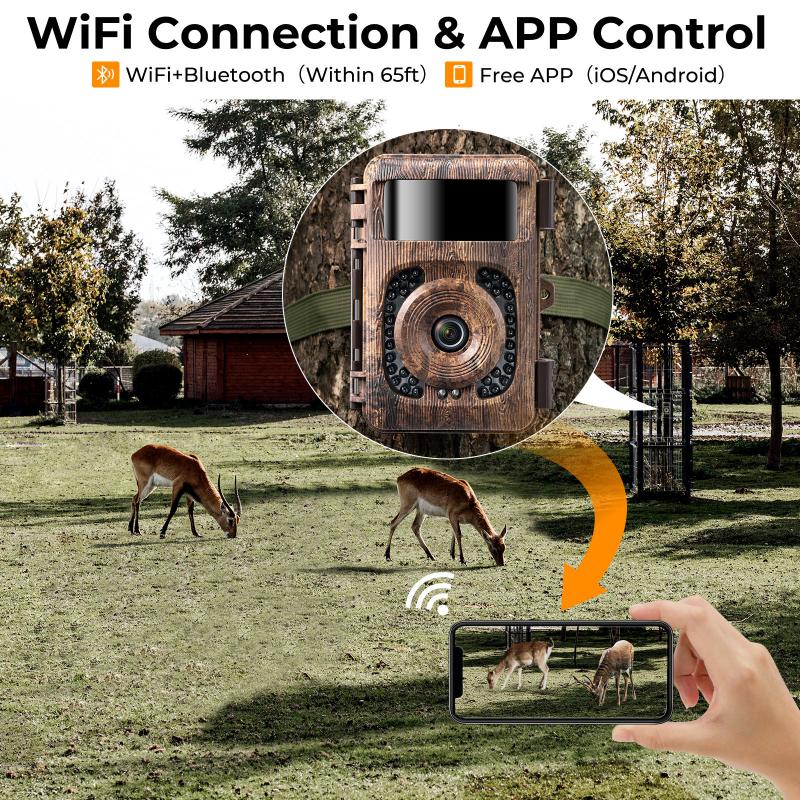
Related accessories:
1. Solar Panel Charger: A long-distance trail camera requires a reliable power source to function effectively. A solar panel charger is an ideal accessory that can be used to recharge the camera's batteries. It is designed to harness the power of the sun and convert it into electrical energy that can be used to charge the camera's batteries. This accessory is perfect for outdoor enthusiasts who want to capture wildlife images in remote locations.
2. Wireless Remote Control: A wireless remote control is another essential accessory for a long-distance trail camera. It allows users to control the camera from a distance, eliminating the need to physically access the camera. This accessory is particularly useful for wildlife photographers who want to capture images of shy or elusive animals without disturbing them.
3. Protective Case: A protective case is a must-have accessory for any camera, especially a long-distance trail camera. It helps to protect the camera from damage caused by harsh weather conditions, dust, and other environmental factors. A good protective case should be waterproof, dustproof, and shockproof to ensure that the camera remains safe and functional.
4. Memory Card: A memory card is an essential accessory for any camera, including a long-distance trail camera. It provides additional storage space for images and videos captured by the camera. A high-capacity memory card is recommended for long-distance trail cameras to ensure that users can capture as many images and videos as possible without running out of storage space.
5. Tripod: A tripod is an essential accessory for any camera, including a long-distance trail camera. It provides a stable platform for the camera, eliminating the risk of blurry images caused by camera shake. A good tripod should be lightweight, durable, and easy to set up, making it ideal for outdoor use.
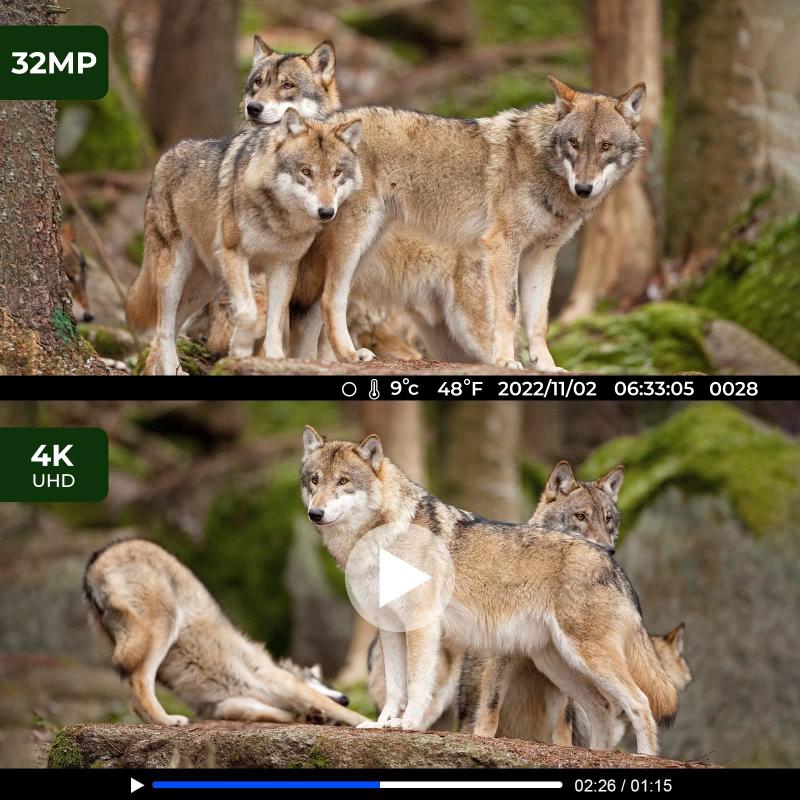
Related technologies:
1. Wireless Connectivity: Long distance trail cameras are now equipped with wireless connectivity options such as Wi-Fi, Bluetooth, and cellular networks. This allows users to remotely access and control the camera, view live footage, and receive notifications on their smartphones or other devices.
2. High-Resolution Imaging: The latest long distance trail cameras are equipped with high-resolution imaging sensors that capture clear and detailed images and videos even in low light conditions. This is achieved through the use of advanced image processing algorithms and technologies such as HDR and night vision.
3. Motion Detection: Long distance trail cameras now come with advanced motion detection sensors that can detect even the slightest movements and trigger the camera to start recording. This helps to conserve battery life and storage space by only capturing footage when there is activity.
4. Weatherproof Design: The latest long distance trail cameras are designed to withstand harsh weather conditions such as rain, snow, and extreme temperatures. This is achieved through the use of rugged and durable materials and advanced sealing technologies that prevent water and dust from entering the camera.
5. Long Battery Life: Long distance trail cameras now come with high-capacity batteries that can last for several months on a single charge. This is achieved through the use of advanced power management technologies that optimize battery usage and reduce power consumption.
6. Cloud Storage: Long distance trail cameras now come with cloud storage options that allow users to store their footage securely and access it from anywhere in the world. This is achieved through the use of advanced cloud-based storage technologies that provide high levels of security and reliability.

Common problems:
1. Blurry images: Blurry images can occur when the camera is not properly focused. To solve this issue, adjust the focus of the camera lens until the image is clear.
2. Low battery life: Low battery life can cause the camera to stop working or miss important shots. To solve this issue, make sure to use high-quality batteries and replace them regularly.
3. Memory card errors: Memory card errors can occur when the card is full or damaged. To solve this issue, replace the memory card with a new one or format the existing card.
4. Infrared flash not working: Infrared flash not working can cause the camera to miss important shots at night. To solve this issue, check the camera settings and make sure the infrared flash is turned on.
5. Water damage: Water damage can occur when the camera is exposed to rain or moisture. To solve this issue, make sure to use a waterproof camera case or cover and avoid exposing the camera to water.

Maintenance:
1. Regularly clean the lens and sensor: Since long distance trail cameras are often placed in outdoor environments, they are prone to accumulating dirt, dust, and debris on the lens and sensor. Regular cleaning of the lens and sensor is essential to ensure that the camera captures clear and high-quality images. Use a soft cloth or brush to remove any dirt or debris from the lens and sensor.
2. Check the battery life: Long distance trail cameras rely on batteries to function, and it is important to check the battery life regularly. Make sure to use high-quality batteries and replace them when necessary. It is also recommended to carry spare batteries when using the camera in remote locations.
3. Protect the camera from the elements: Long distance trail cameras are designed to withstand harsh outdoor conditions, but it is still important to protect them from extreme weather conditions such as heavy rain, snow, or extreme heat. Use a protective case or cover to shield the camera from the elements.
4. Test the camera regularly: To ensure that the camera is functioning properly, it is important to test it regularly. Check the image quality, battery life, and other features to make sure that everything is working as expected.
5. Follow the manufacturer's instructions: Finally, it is important to follow the manufacturer's instructions for maintaining and servicing the camera. This includes proper storage, cleaning, and maintenance procedures. By following these instructions, you can ensure that the camera remains in good condition and performs optimally for years to come.
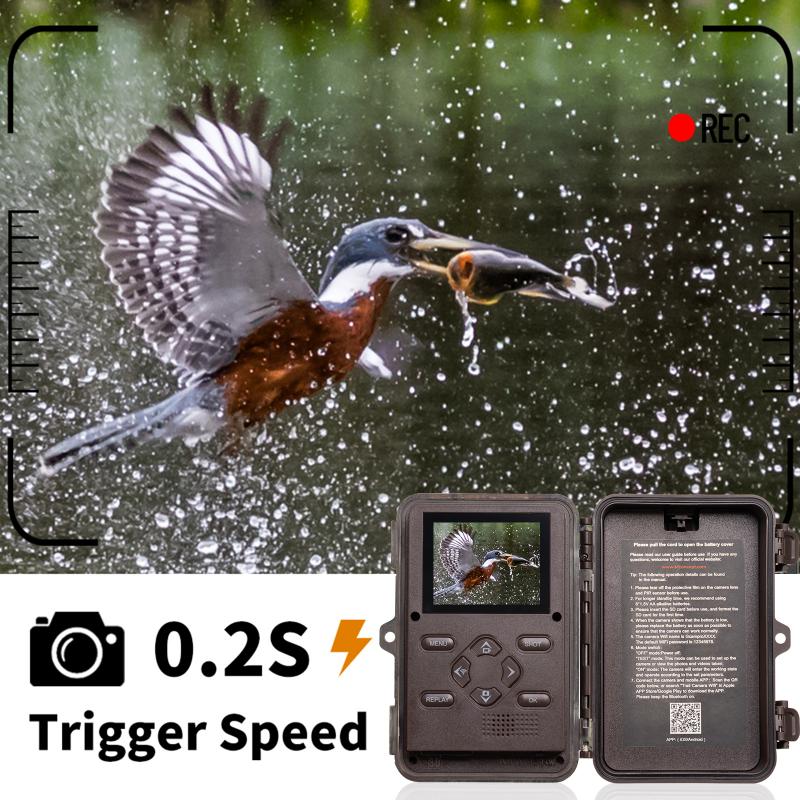
Product parameters:
Loop recording : Support
3-Pod Interface : 1/4" standard interface
Moon image watermarking : Support
Lens : f=4.0mm F/NO=2.0 FOV=90°
Dust and waterproof rating : IP66
Infrared filter unit : Fully automatic
External alkaline battery specification : 8PCS LR6(AA) Battery: 6V
Monitoring period setting : 0-24 hours
Time watermark function : Support
Attachment methods : Strap + tree nail bracket
- All Reviews
- Image

